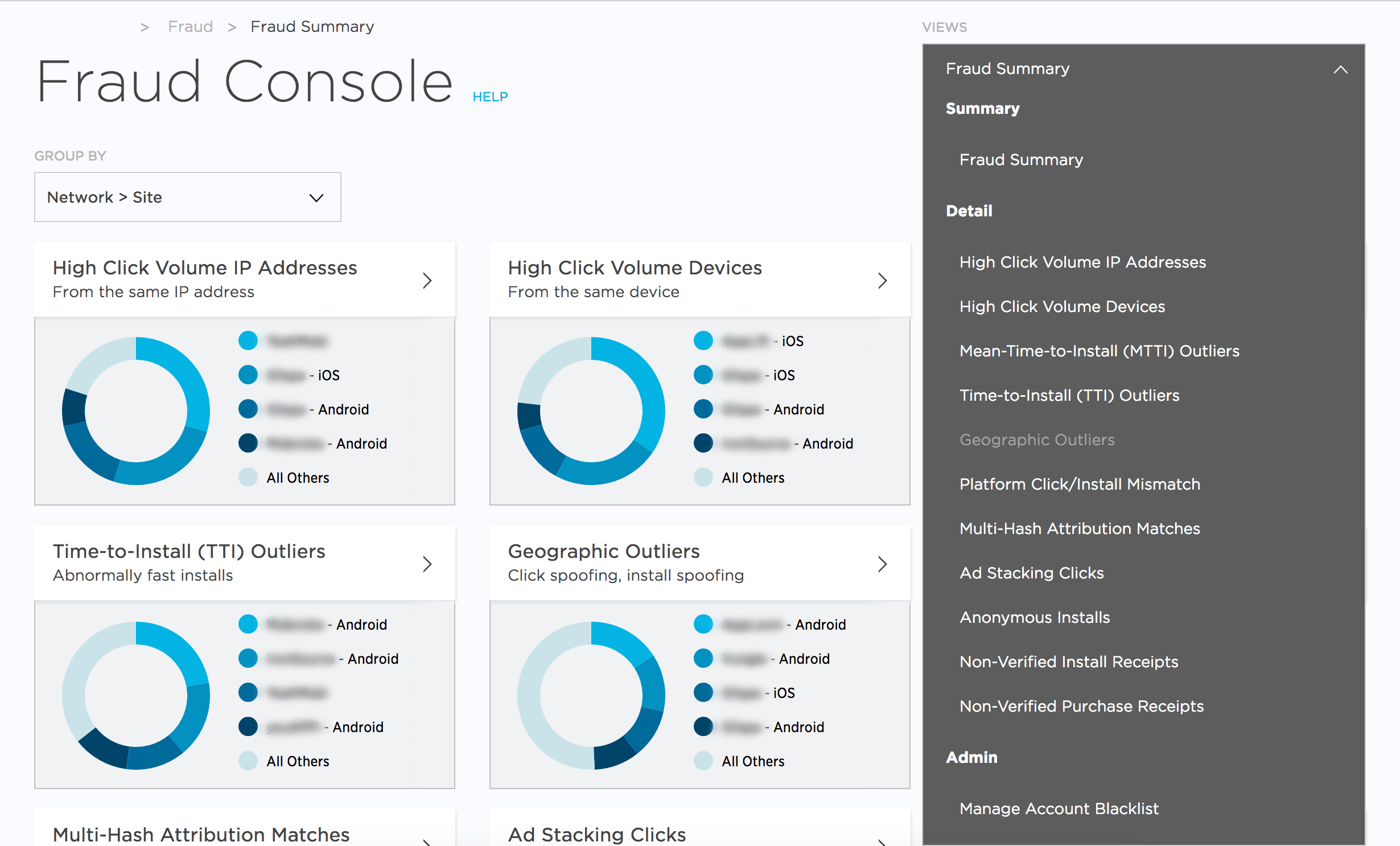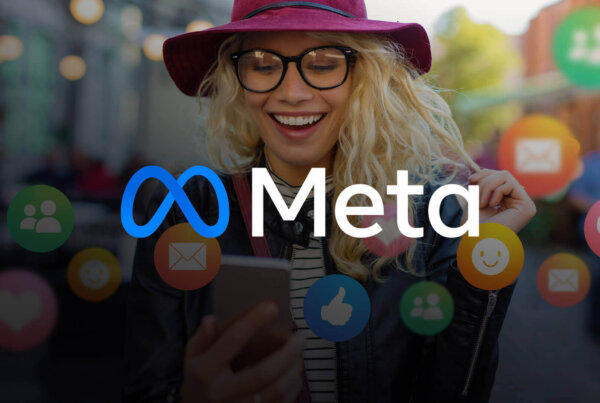When I graduated from college, my first job out of school was at Oracle. It was a great experience on so many levels, and while I’d love to ramble on about all the impactful lessons learned, it’s not the purpose of this post. There is one thing from that time that I want to share, and it’s a phrase I first heard there: “Play the tape forward.”
I don’t know the origin of this phrase, but because I first heard it at Oracle, I always assumed it was a metaphor with roots leading back to tape-based storage and the fact that storage was linear. Random access to blocks of data wasn’t possible; one had to play the tape forward. In my experience at Oracle, the company had such a strong culture (both in technology and sales execution) that the language used by employees was purposefully interchangeable between both. The guy who said, “play the tape forward,” was someone I looked up to, and he was asking me to consider the strategic implications of Oracle building/delivering capabilities that our team was working on. The phrase stuck, and I use it all the time, even today.
 The Fraud Console is the third major announcement of the Kochava Fraud toolset. The first was our fraud reports (which debuted in May 2015—before anyone was talking about mobile fraud). The second was the Global Fraud Blocklist, which we announced at the start of this year. The Blocklist is an algorithmically curated list of publishers, device identifiers, and IP addresses that have been implicated in fraudulent behaviors from traffic across all of Kochava. Activating the Blocklist means that a customer is protected from fraudulent traffic and bots.
Having said this, the algorithmic thresholds for the Global Fraud Blocklist are so high (to avoid false positives) that the visualizations in the Fraud Console are critical in order to enable customers to see fraudulent behavior that exists in their account but hasn’t yet hit the required threshold to be banned system-wide.
A great feature of the Fraud Console is that it provides an amazing UI to navigate all traffic across a marketer’s apps with the perspective of fraudulent traffic, AND it enables our customers to add sites, IP address, and device identifiers to the Blocklist for their specific account. As Joe Biden would say, “This is a f***ing big deal.” It’s a big deal because not only are we algorithmically keeping clients safe, we’re giving them access to the engine of safety and empowering them to take control of fraud for their own accounts. Again, none of our competitors do this!
The Fraud Console is the third major announcement of the Kochava Fraud toolset. The first was our fraud reports (which debuted in May 2015—before anyone was talking about mobile fraud). The second was the Global Fraud Blocklist, which we announced at the start of this year. The Blocklist is an algorithmically curated list of publishers, device identifiers, and IP addresses that have been implicated in fraudulent behaviors from traffic across all of Kochava. Activating the Blocklist means that a customer is protected from fraudulent traffic and bots.
Having said this, the algorithmic thresholds for the Global Fraud Blocklist are so high (to avoid false positives) that the visualizations in the Fraud Console are critical in order to enable customers to see fraudulent behavior that exists in their account but hasn’t yet hit the required threshold to be banned system-wide.
A great feature of the Fraud Console is that it provides an amazing UI to navigate all traffic across a marketer’s apps with the perspective of fraudulent traffic, AND it enables our customers to add sites, IP address, and device identifiers to the Blocklist for their specific account. As Joe Biden would say, “This is a f***ing big deal.” It’s a big deal because not only are we algorithmically keeping clients safe, we’re giving them access to the engine of safety and empowering them to take control of fraud for their own accounts. Again, none of our competitors do this!

Kochava Fraud Abatement Capabilities
This past week, Kochava announced the availability of our new Fraud Console. The Fraud Console is our Dashboard UI that shows 10+ different views of common fraud tactics from all of a marketer’s traffic being measured by Kochava. It’s another example of how Kochava is leading the industry with our Unified Audience Platform. None of our competitors provide this kind of visibility and real-time abatement to their customers. This is proof positive why choosing an attribution product based on price is foolish when there is so much more money at risk in achieving media efficiency. The Fraud Console is the third major announcement of the Kochava Fraud toolset. The first was our fraud reports (which debuted in May 2015—before anyone was talking about mobile fraud). The second was the Global Fraud Blocklist, which we announced at the start of this year. The Blocklist is an algorithmically curated list of publishers, device identifiers, and IP addresses that have been implicated in fraudulent behaviors from traffic across all of Kochava. Activating the Blocklist means that a customer is protected from fraudulent traffic and bots.
Having said this, the algorithmic thresholds for the Global Fraud Blocklist are so high (to avoid false positives) that the visualizations in the Fraud Console are critical in order to enable customers to see fraudulent behavior that exists in their account but hasn’t yet hit the required threshold to be banned system-wide.
A great feature of the Fraud Console is that it provides an amazing UI to navigate all traffic across a marketer’s apps with the perspective of fraudulent traffic, AND it enables our customers to add sites, IP address, and device identifiers to the Blocklist for their specific account. As Joe Biden would say, “This is a f***ing big deal.” It’s a big deal because not only are we algorithmically keeping clients safe, we’re giving them access to the engine of safety and empowering them to take control of fraud for their own accounts. Again, none of our competitors do this!
The Fraud Console is the third major announcement of the Kochava Fraud toolset. The first was our fraud reports (which debuted in May 2015—before anyone was talking about mobile fraud). The second was the Global Fraud Blocklist, which we announced at the start of this year. The Blocklist is an algorithmically curated list of publishers, device identifiers, and IP addresses that have been implicated in fraudulent behaviors from traffic across all of Kochava. Activating the Blocklist means that a customer is protected from fraudulent traffic and bots.
Having said this, the algorithmic thresholds for the Global Fraud Blocklist are so high (to avoid false positives) that the visualizations in the Fraud Console are critical in order to enable customers to see fraudulent behavior that exists in their account but hasn’t yet hit the required threshold to be banned system-wide.
A great feature of the Fraud Console is that it provides an amazing UI to navigate all traffic across a marketer’s apps with the perspective of fraudulent traffic, AND it enables our customers to add sites, IP address, and device identifiers to the Blocklist for their specific account. As Joe Biden would say, “This is a f***ing big deal.” It’s a big deal because not only are we algorithmically keeping clients safe, we’re giving them access to the engine of safety and empowering them to take control of fraud for their own accounts. Again, none of our competitors do this!

Marketers can add bad device IDs, IP addresses and network/site IDs they have encountered to their own Blocklist at the account level in their Fraud Console.
Play the Tape Forward
Let’s play the tape forward on what happens in the larger market given our leading fraud abatement capabilities. The implications are pretty interesting:- At a macro-perspective level:
- Fraudsters, typically as individual publishers registered on various ad networks, will stop getting signals from marketers using Kochava. With no conversions, the efforts will be muted. As a result, they’ll target marketers who are using other measurement tools because they’re an easy target. If you aren’t using Kochava—you’re a target.
- Marketers who use Kochava will not only leverage the Global Fraud Blocklist but also their own observations of fraud that haven’t hit the global thresholds. This will mute the signal to fraudsters and make the marketer’s conversion rates go up! Fewer clicks + relatively same installs = higher conversion rates.
- Marketers who use Kochava will avoid spending an inordinate amount of their time digging into anomalies post-facto and negotiating with vendors for make-goods. Negotiating and beating up on vendors doesn’t drive growth—it’s a time sink. Those that don’t have to do this will have an upper hand in growing the audience.
- Marketers who don’t use Kochava will have ever-increasing click volumes for the same conversion—making their conversion rates decrease and even more of their organics vulnerable to click sniping.
- We’ve observed that ad networks offering cheap CPI prices are leveraging (whether they know it or not) a substantial number of publishers driving fraudulent traffic. When those sites get pruned from the traffic of a network, the scale of the network will reduce significantly and put a higher value on those networks that can deliver more non-fraudulent traffic (+1 for the good guys) and result in a higher eCPM for those actual sub-publishers that are trustworthy.
- Some fraudulent publishers will think they’re crafty and attempt to deregister and reregister their publisher accounts so that their site identifiers change (to avoid the Blocklist)—only to find that they’re blocked again. This will lead to a notion of a “site ID lifecycle.” If we see networks producing site identifiers with short lifecycles at scale, we are going to institute a “warming period” for them so that traffic has to be demonstrably “warmed up and cleaned” prior to being clearlisted as valid traffic.
- Agencies will be called to account for the fraudulent traffic they’re buying on behalf of marketers.
- Agencies and ad networks that are reactive and fight with the marketer when their sites are blocklisted will simply get fired. Conversely, ad networks that are proactive, will be trusted. To this end, Kochava is offering a “Kochava Anti-Fraud Verified” badge to both agencies and ad networks that want to license our fraud capabilities across their entire portfolio/traffic set—making their traffic pre-screened for fraud prior to being sold to marketers—even if the marketer isn’t using Kochava for attribution.
- Kochava will engage in more “fraud audits” for marketers who use other measurement tools and worry that they’re being defrauded at scale. We’ve performed several fraud audits for non-Kochava clients, and we expect this will increase substantially in 2017.
- Pure-play fraud abatement and monitoring tools (tools not embedded with your attribution tool) will not be successful in the market because they require end-of-month analysis and make-goods and don’t mute the signal back to the media partner in real time.




